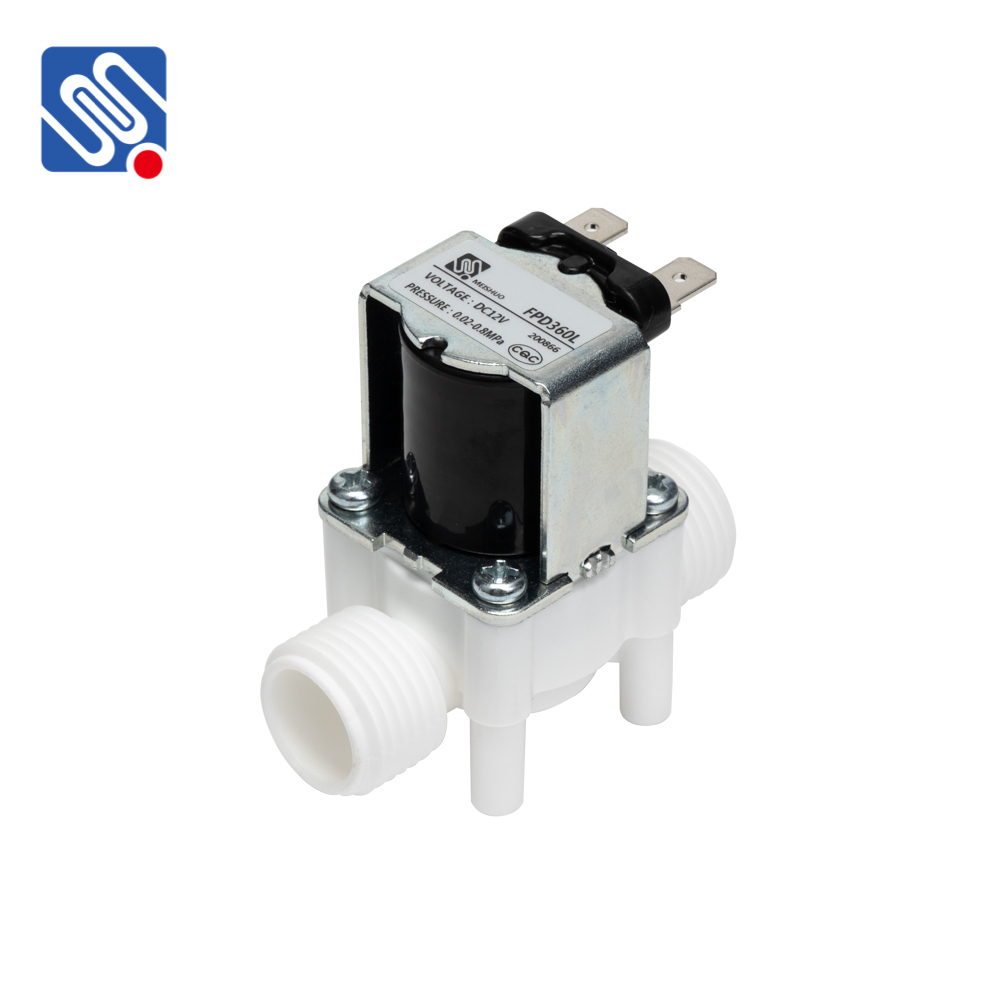An AC solenoid valve is an essential component in fluid control systems that uses electromagnetic force to control the flow of liquids or gases. Solenoid valves are widely used in various industries, including HVAC (Heating, Ventilation, and Air Conditioning), water treatment, and automation. This article delves into the workings, applications, and benefits of AC solenoid valves, offering a comprehensive understanding of this critical technology.

What is an AC Solenoid Valve? At its core, an AC solenoid valve is an electrically operated valve that is powered by alternating current (AC). The key feature of this type of valve is its ability to open and close based on the activation of an electromagnet. When electrical current flows through the coil of the solenoid, it creates a magnetic field that either opens or closes the valve. This action allows the flow of fluid—whether it be air, water, or other substances—to be controlled remotely or automatically. How Does an AC Solenoid Valve Work? The operation of an AC solenoid valve is relatively simple yet highly effective. The valve consists of a few basic components: an electromagnet, a plunger (or valve stem), and a valve seat. Here’s how it functions: